International researchers have reported reported a crosslinker – an activated-ester-type photocleavable crosslinker – to prepare photodegradable hydrogels.
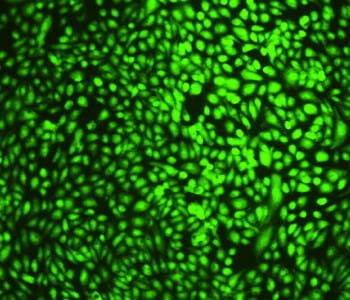

International researchers have reported reported a crosslinker – an activated-ester-type photocleavable crosslinker – to prepare photodegradable hydrogels.
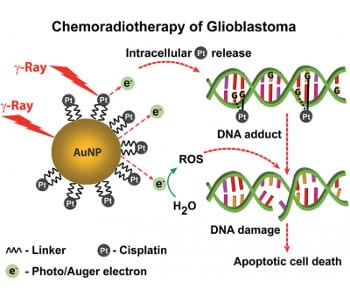
A collaboration between nano- and neuroscientists has resulted in a system that kills the most aggressive, and most common, form of adult brain cancer.
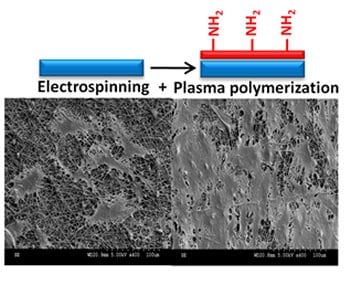
Electrospinning and plasma polymerization are combined to provide vascular graft scaffolds that are mechanically compliant and biocompatible.
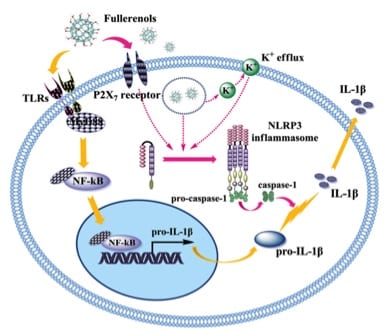
Prof. Chunying Chen and her colleagues from the National Center for Nanoscience and Technology, China demonstrate that polyhydroxylated metallofullerenol can activate primary mouse macrophages to produce pro-inflammatory cytokines.
A team based in Germany develop a new method for simultaneous quantification of ZnPP and PPIX in unwashed blood samples.
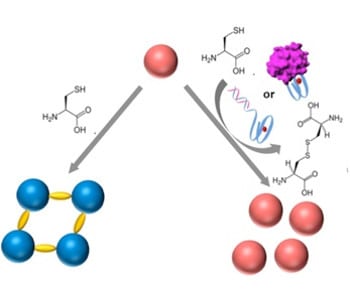
Researchers have developed a DNA biosensor system by controlling the aggregation of AuNPs using horseradish-peroxidase-mimicking DNAzyme.
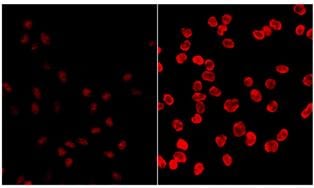
Dutch researchers have estimated the risk of squamous cell cancer induction in skin following nonlinear optical imaging.
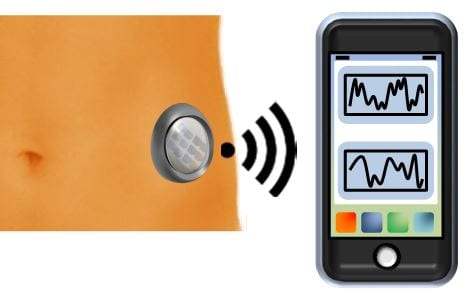
A team from MIT explores the dynamics and operation of a hypothetical insulin sensor using a model for glucose, insulin and glucagon circulating in the body.
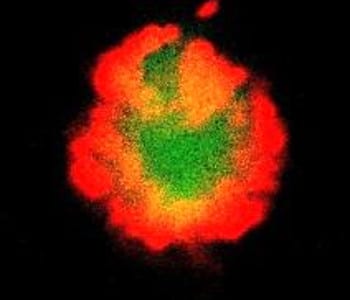
Nair and colleagues demonstrate that a tumor vaccine can be formulated by loading RNA into whole blood cells directly after blood draw.
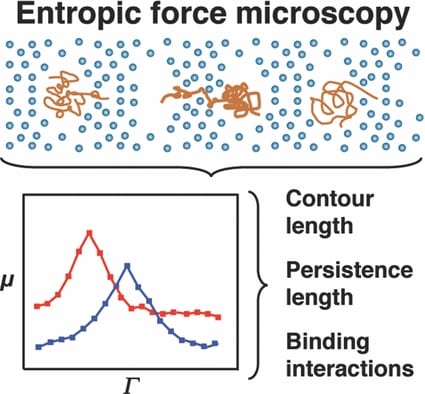
Researchers at Texas A&M have observed dynamics that could otherwise be discounted as noise in DNA/small molecule interactions.